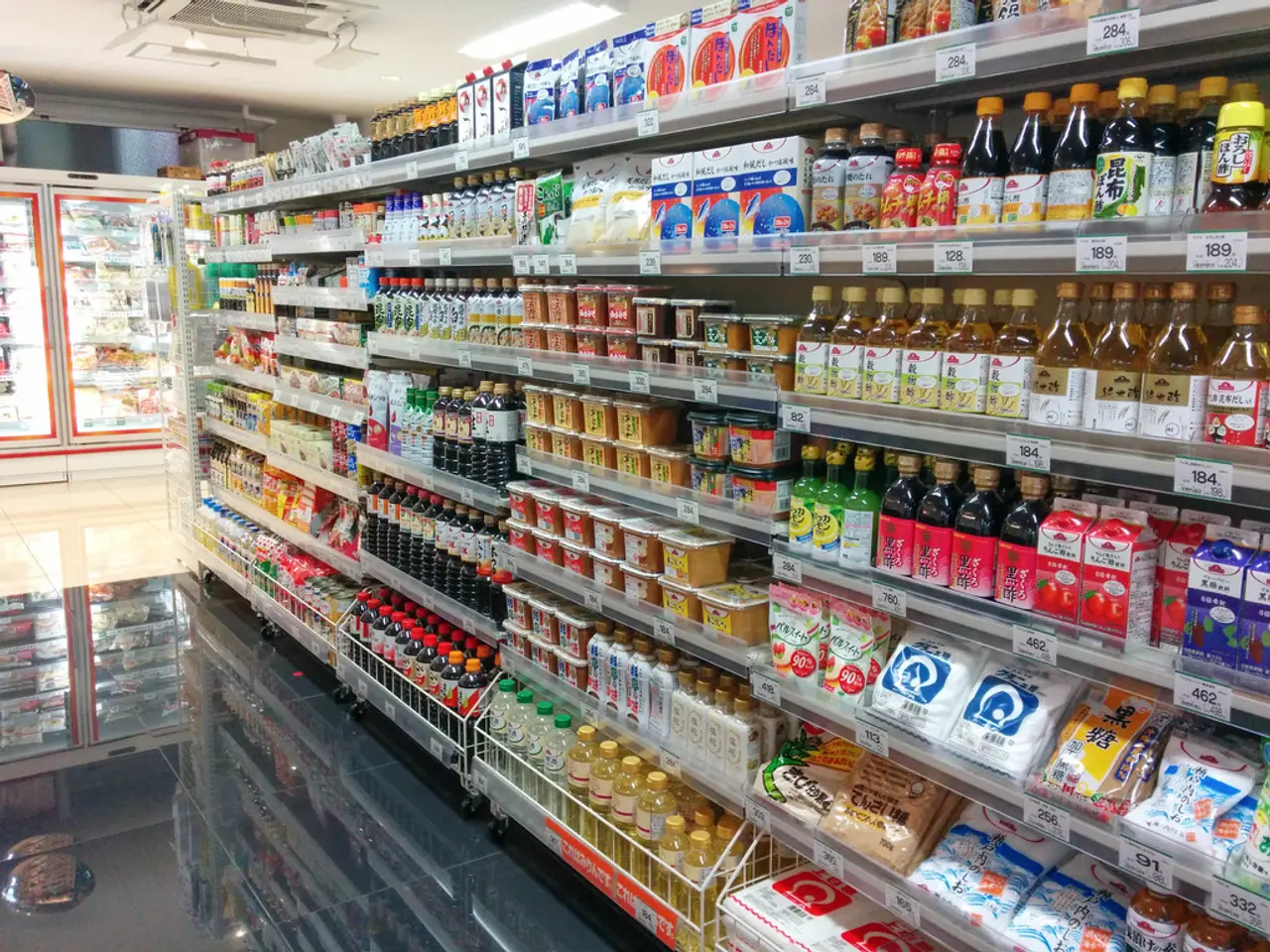Sales in retail stores increased by 0.5% in July
In the midst of the erratic trade war carried out by President Donald Trump, consumer spending in the US has managed to remain consistent. This is largely due to several factors that have maintained consumer activity, despite a significant drop in consumer sentiment.
Steady income and employment resilience have played a crucial role in this persistence. Although consumer sentiment has dropped, the labor market growth has only moderately slowed, and many households maintain sufficient income to continue spending, especially on essentials and some discretionary items. The softening in fundamentals is gradual, so retail spending momentum can persist for some time even when consumers feel uncertain.
Seasonal demand and specific category growth have also contributed to the sustained retail spending. Summer 2025 data indicates increased foot traffic and spending particularly in categories related to seasonal activities, such as outdoor equipment, BBQ supplies, and party goods. Sales gains have been recorded in motor vehicles, furniture, recreational goods, and clothing, showing that spending is uneven but sustained across multiple sectors.
A shift towards e-commerce and convenience has also cushioned spending activity. About 80% of Americans shop online, with convenience cited as a main reason, and online shopping continues to grow steadily. This shift provides easier access to goods, which may counterbalance some reductions caused by lowered sentiment.
The impact of higher tariffs on consumer demand is building more slowly than sentiment declines suggest. Tariff-sensitive goods still show some sales growth, and automakers and other retailers have buffered price increases to some extent, delaying major cutbacks.
On Friday, the Commerce Department reported that retail sales in the US increased by 0.5% in July. This increase, while lower compared to the revised 0.9% gain in June, is in line with economists' expectations. It's important to note that the retail sales data is adjusted for seasonal swings, but not for inflation.
Despite the plummeting consumer sentiment in the spring, Americans have not cut back on spending. They continue to power the US economy with their spending, boosted by low unemployment and improving consumer sentiment. The retail sales data includes spending at restaurants and online, indicating a broad-based recovery in consumer spending.
Sources: [1][2][3][4][5]
In the face of the gradual softening of fundamentals due to the trade war, the consistency in consumer spending in the US persists, with business sectors like retail showing growth in sales, notably in categories related to seasonal activities and essentials, such as motor vehicles, furniture, recreational goods, clothing, outdoor equipment, BBQ supplies, and party goods. The resilience of the labor market, coupled with the widespread shift towards e-commerce and convenience, has also contributed to the sustained spending activity among households.





